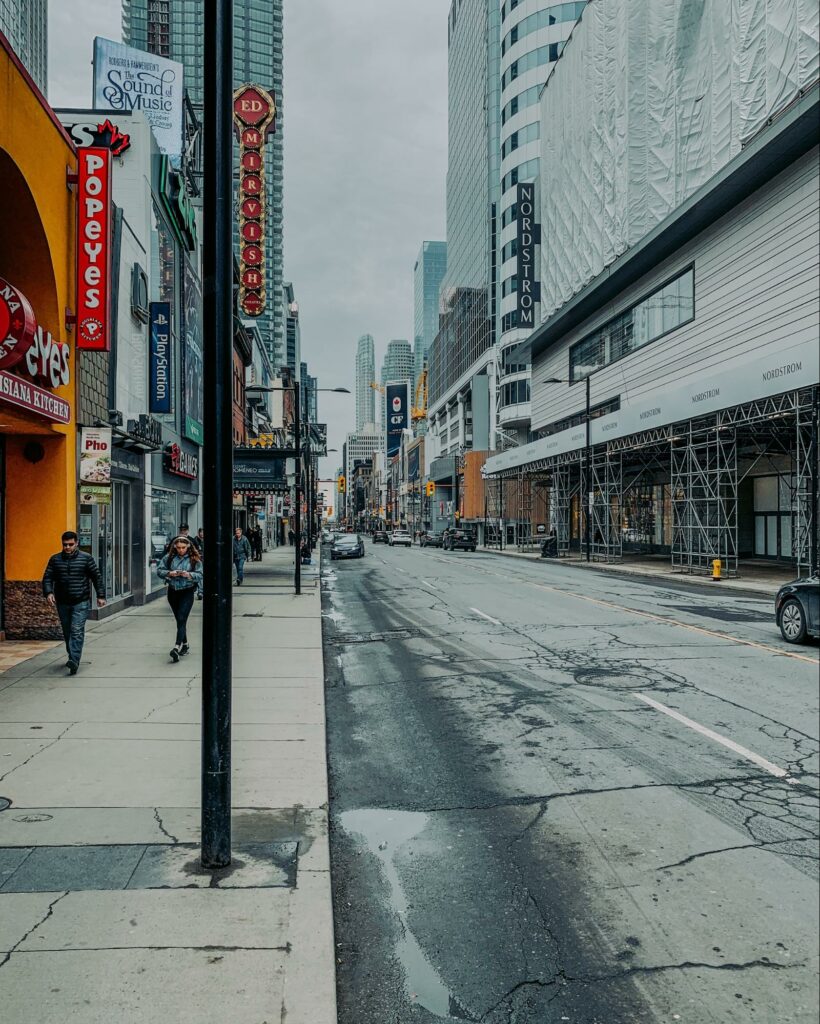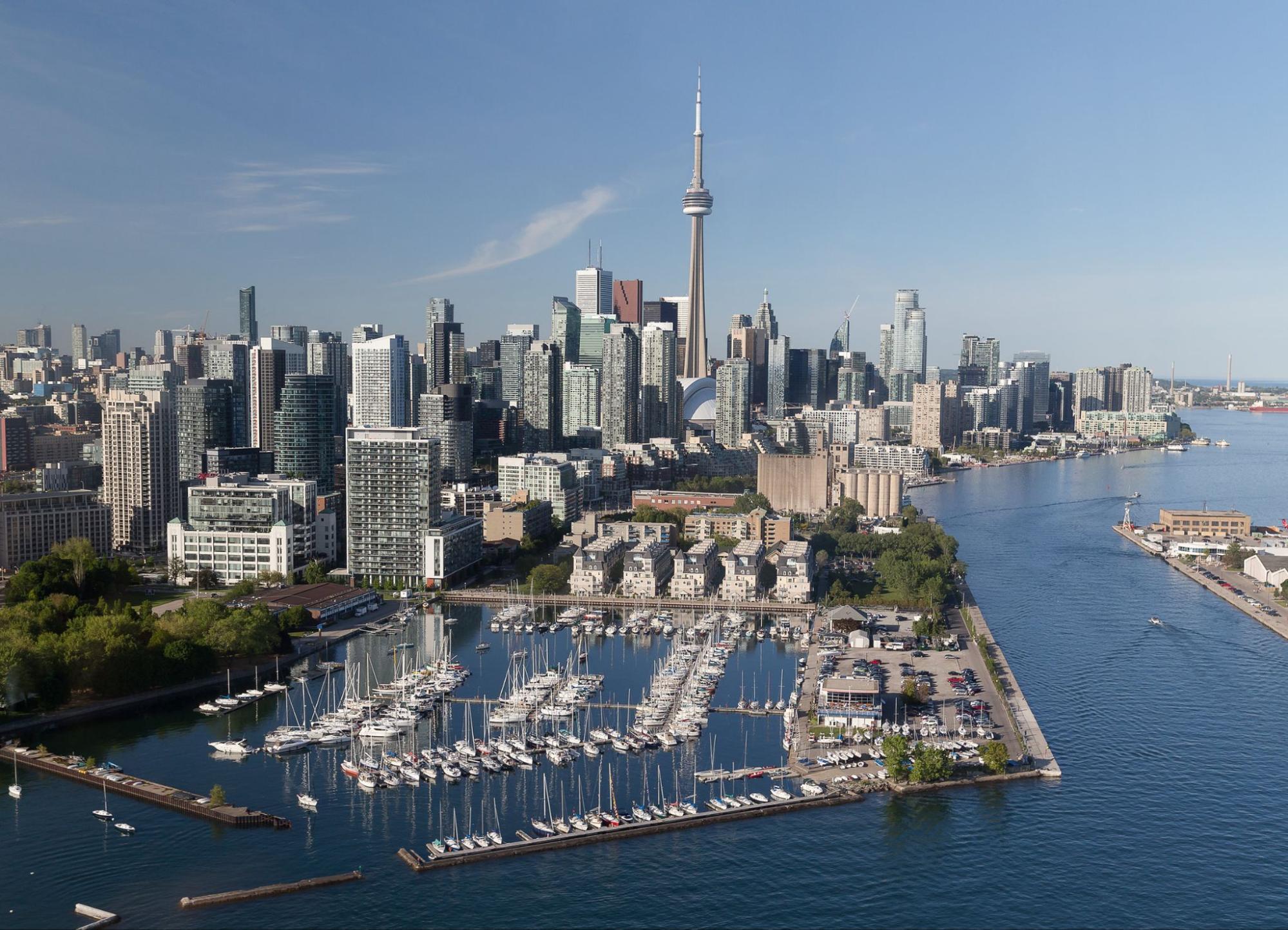Yonge St. is easily one of Canada’s most iconic streets, but it better reflects the Toronto of yesteryear. That could change in the next few years.
A proposal, Yonge Tomorrow, calls for enhancing the strip between Queen and College Sts. by creating pedestrian-only zones between Edward St. and Dundas Sq., and again from Walton to Elm Sts.; one-way northbound driving between Dundas and Shuter Sts., and again from Walton to Gerrard Sts.; southbound one-way driving between Elm and Edward Sts.; two-way driving between College and Gerrard Sts. and Shuter to Queen Sts.; and bicycling infrastructure on both sides of the road.
The project, which was proposed when the city realized a water main below Yonge St. needs repairs, would see the implementation of and more separation between cars and pedestrians, fewer cars and trucks on the road, better lighting and, ultimately, more amenity engagement. Pedestrian zones would even have retail, like patios, on the street.
During a recent Urban Land Institute webinar, Yonge Street Makeover: Rethinking Toronto’s Most Famous Street, Ward 13 Councillor Kristyn Wong-Tam, herself a neighbourhood resident, described the necessity of vibrant public spaces like those proposed for Yonge St.
“It’s also a very heavily pedestrian street because there’s lots of people living there. It’s also a major employment cluster,” she said. “And those homes that we live in are becoming increasingly smaller and this is why sometimes the civic spaces, those public spaces, the roadside sidewalks, high-quality investments in our parks and our public spaces, become that much more important.”
For Marianne McKenna, the founding partner of KPMB Architects, who designed Massey Hall, which is located just off Yonge at the southwest corner of Victoria and Shuter Sts., while Yonge should feel like it belongs to everybody, the car has been dominant for too long.
“It has been too dominant and yet it’s a necessity in our cities because we need to be able to move fluidly through,” she said during the webinar. “The sidewalks are too small. We need to broaden our sidewalks and we need to make sure that the reason people come is because it’s vital for the merchants, it’s a vital street of commerce, and I think we need to support those merchants and not have them substituted by every big box alternative.”
McKenna’s mention of supporting merchants is crucial for any project because small businesses usually suffer heavy losses during the construction. In Montreal, for example, there were many store closures on its own version of Yonge St., Saint-Laurent Blvd., when the road was torn up over a decade ago. Currently, Sainte-Catherine St., a major east-west artery through downtown Montreal, is being revitalized and there’s been no shortage of clamouring from merchants installed on and around the street.
However, as Wong-Tam noted during the webinar, the downtown area around Yonge St. is slated for a population boom from which merchants will doubtless benefit.
“We have this chance to really repurpose the street with the mindset of who’s living here,” she said. “Right now we have 175,000 people who call Yonge St. their home, and that population is also forecast to double, even though COVID has changed the way we work. There’s more telecommuting, of course, but I don’t think that the bank towers and the financial district or the office towers are going to be sitting in ruins forever. We will come back, and that will have to be compelled with some thoughtful intervention, which just happens to coincide with a very big construction project around the watermain. We can actually build this new, competitive street for the 21st century.”
Neil Sharma is the Editor-In-Chief of Canadian Real Estate Wealth and Real Estate Professional. As a journalist, he has covered Canada’s housing market for the Toronto Star, Toronto Sun, National Post, and other publications, specializing in everything from market trends to mortgage and investment advice. He can be reached at neil@crewmedia.ca.









